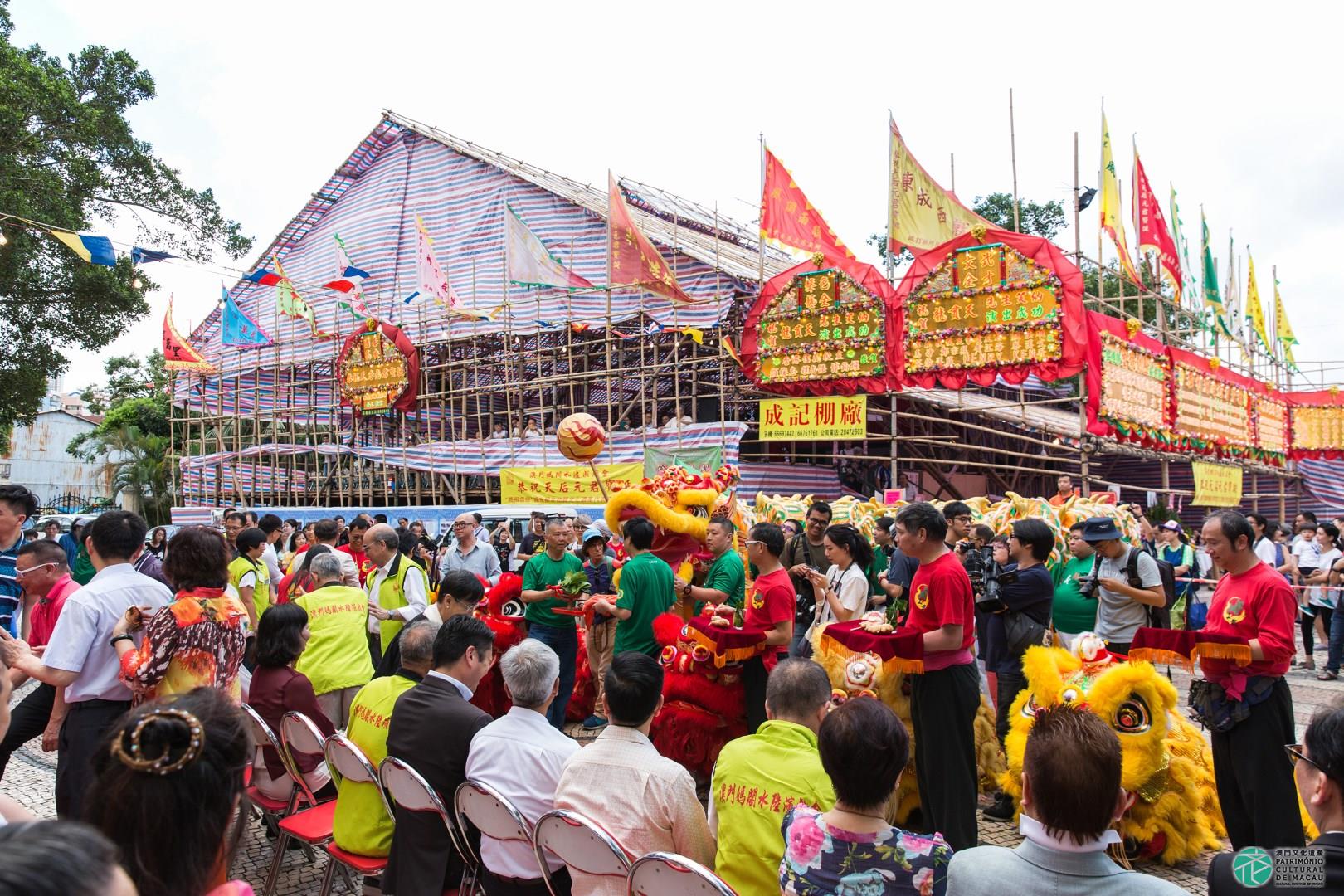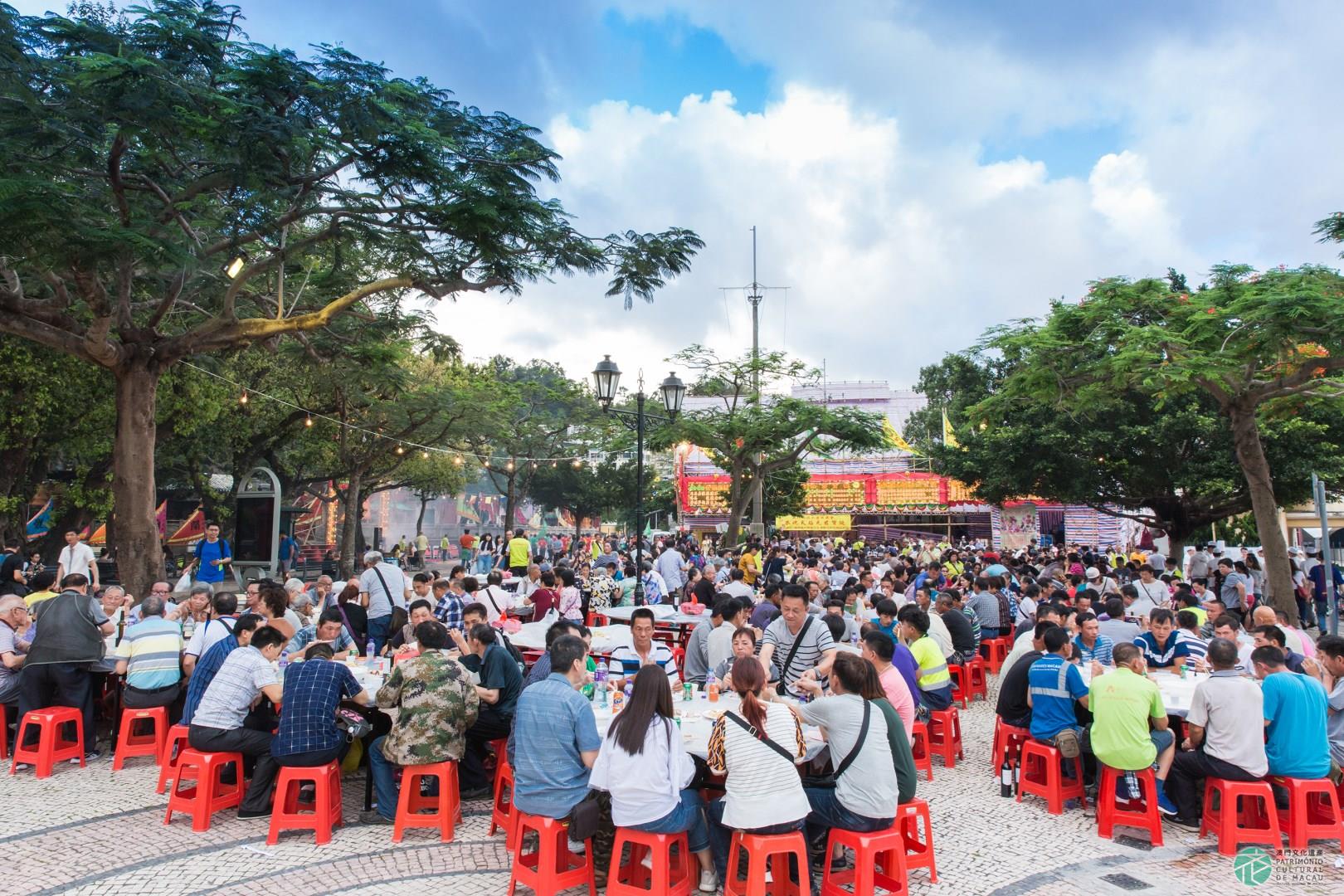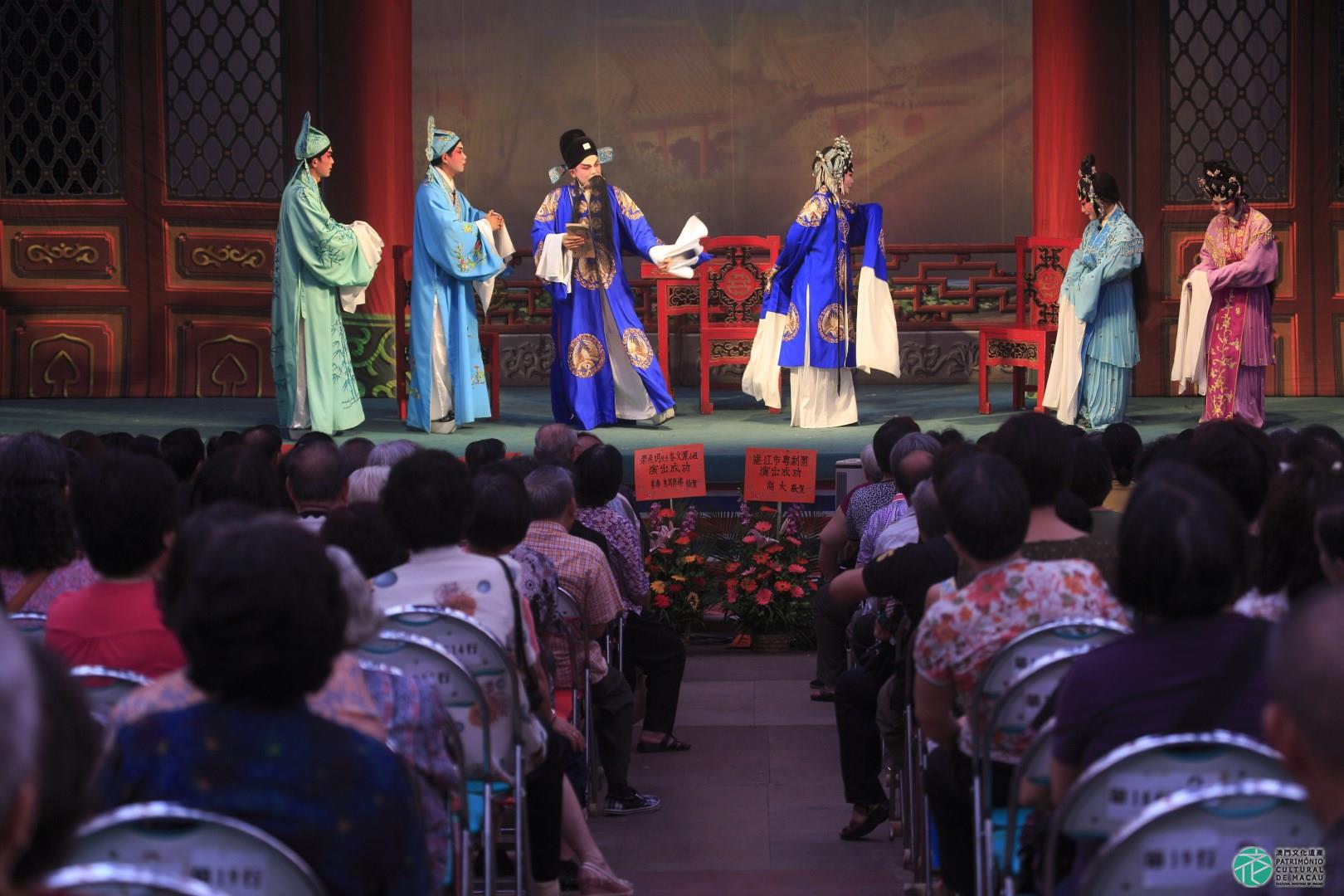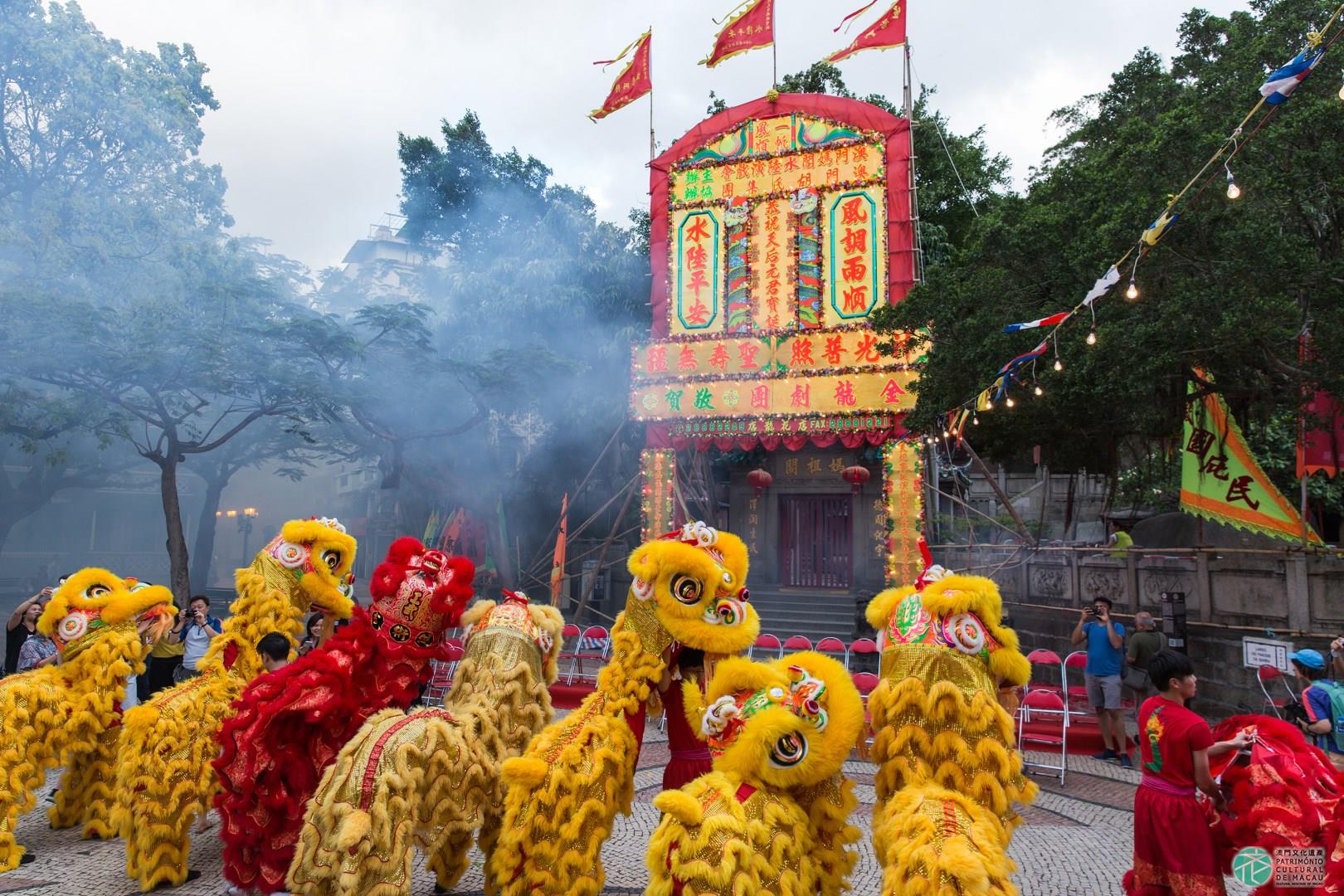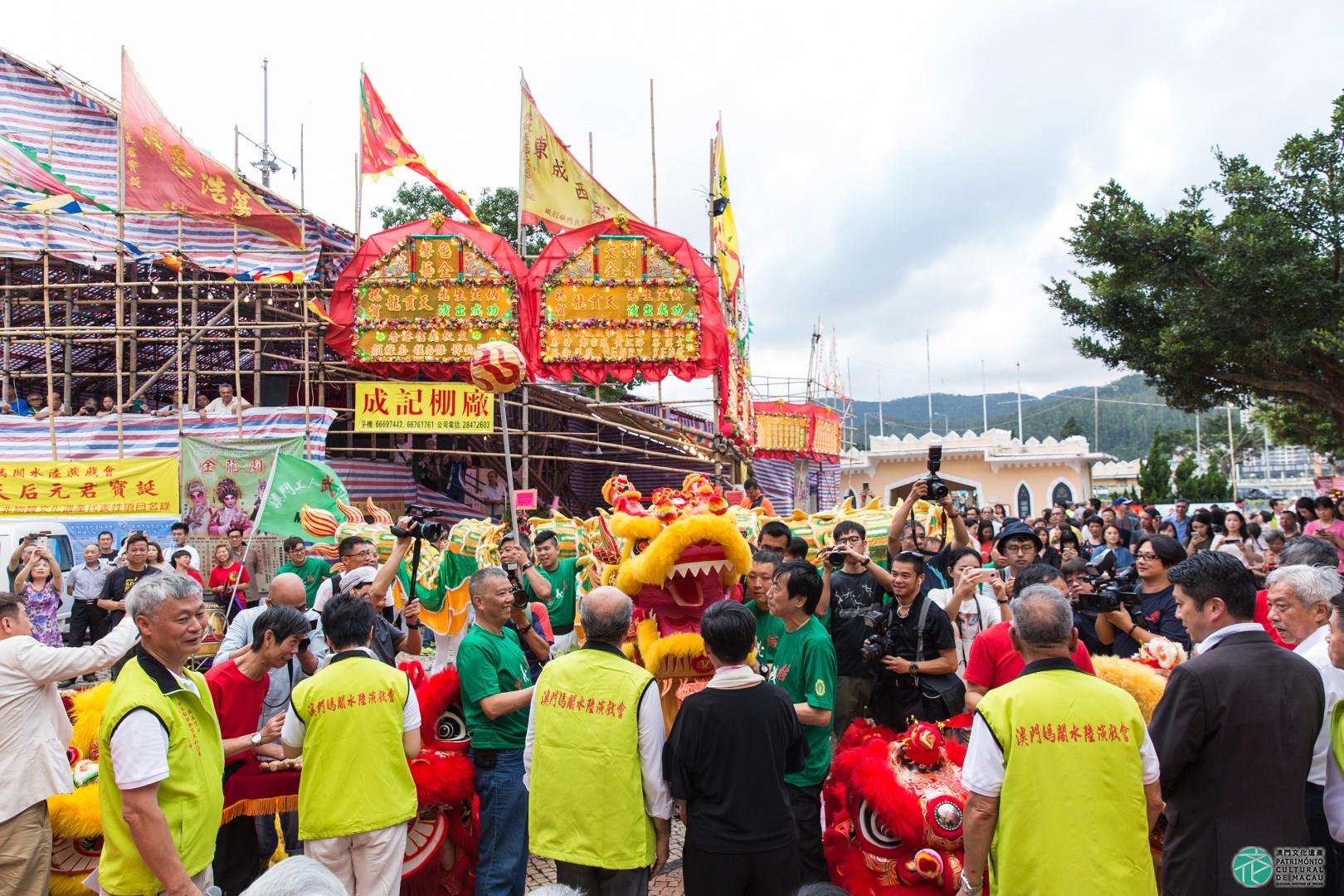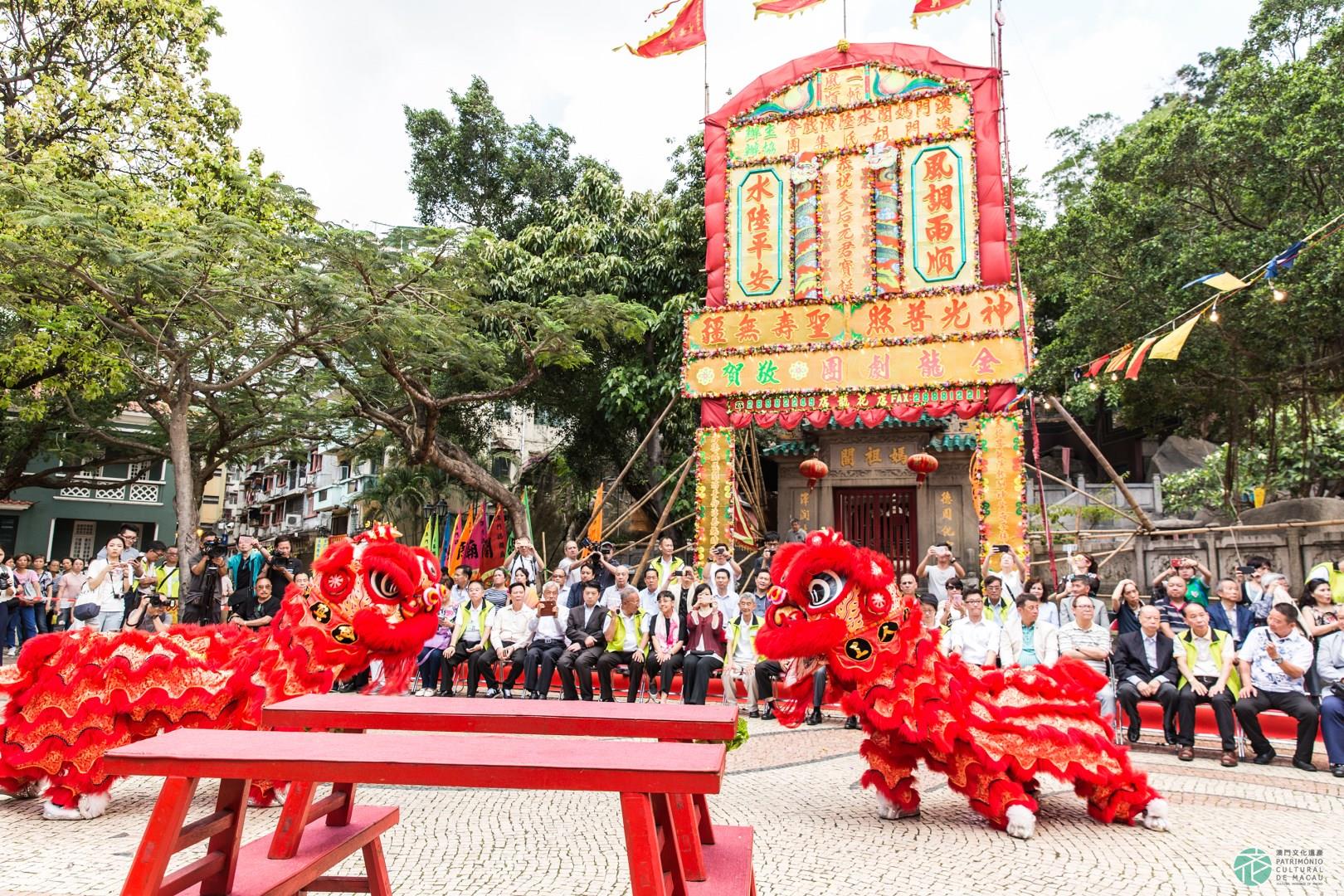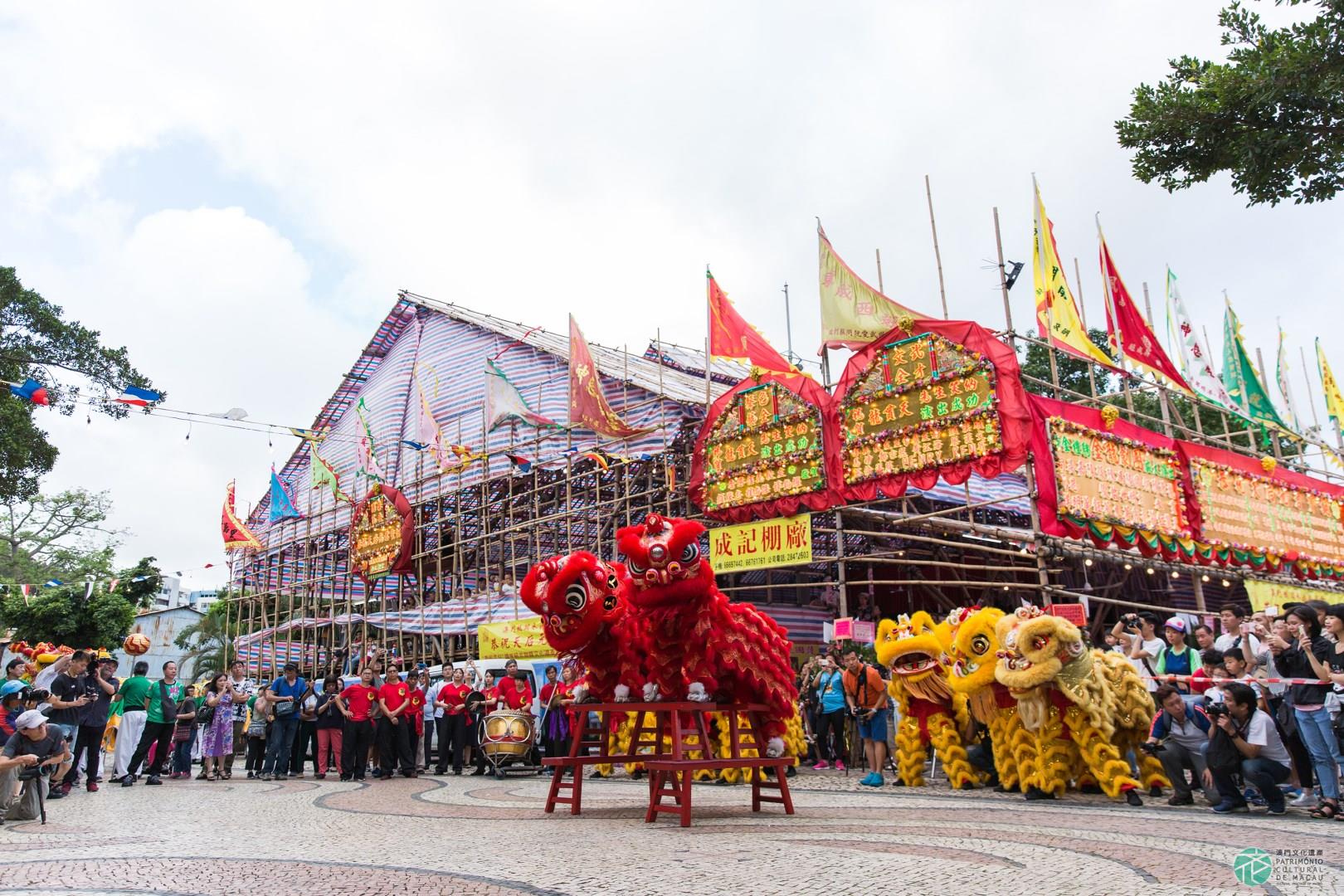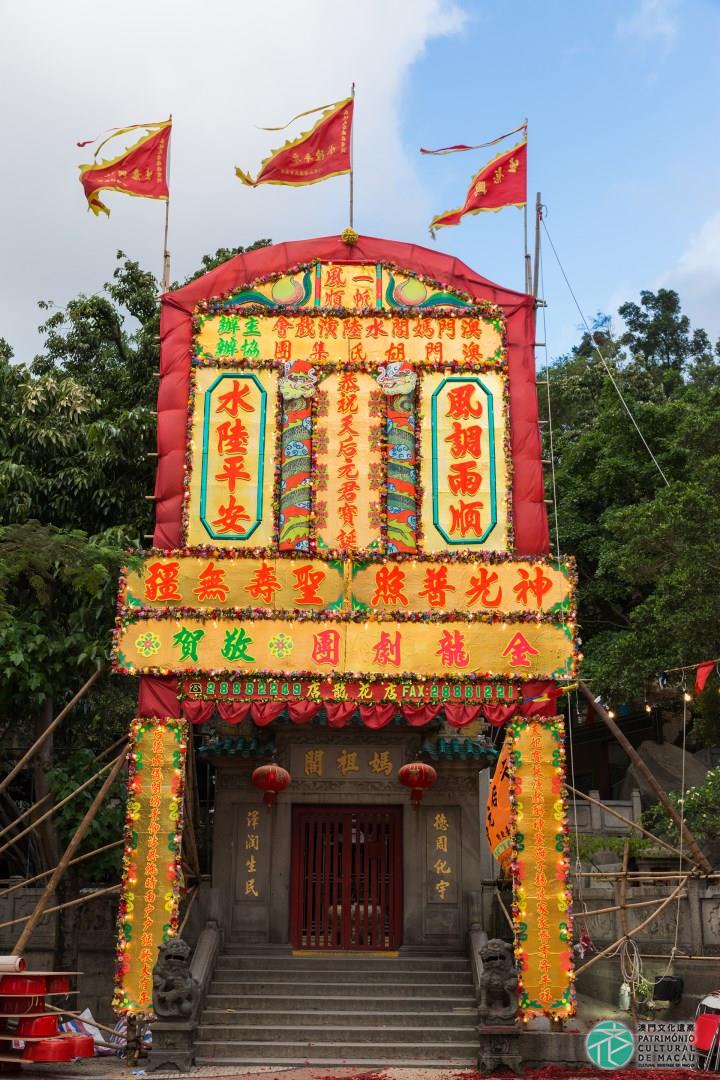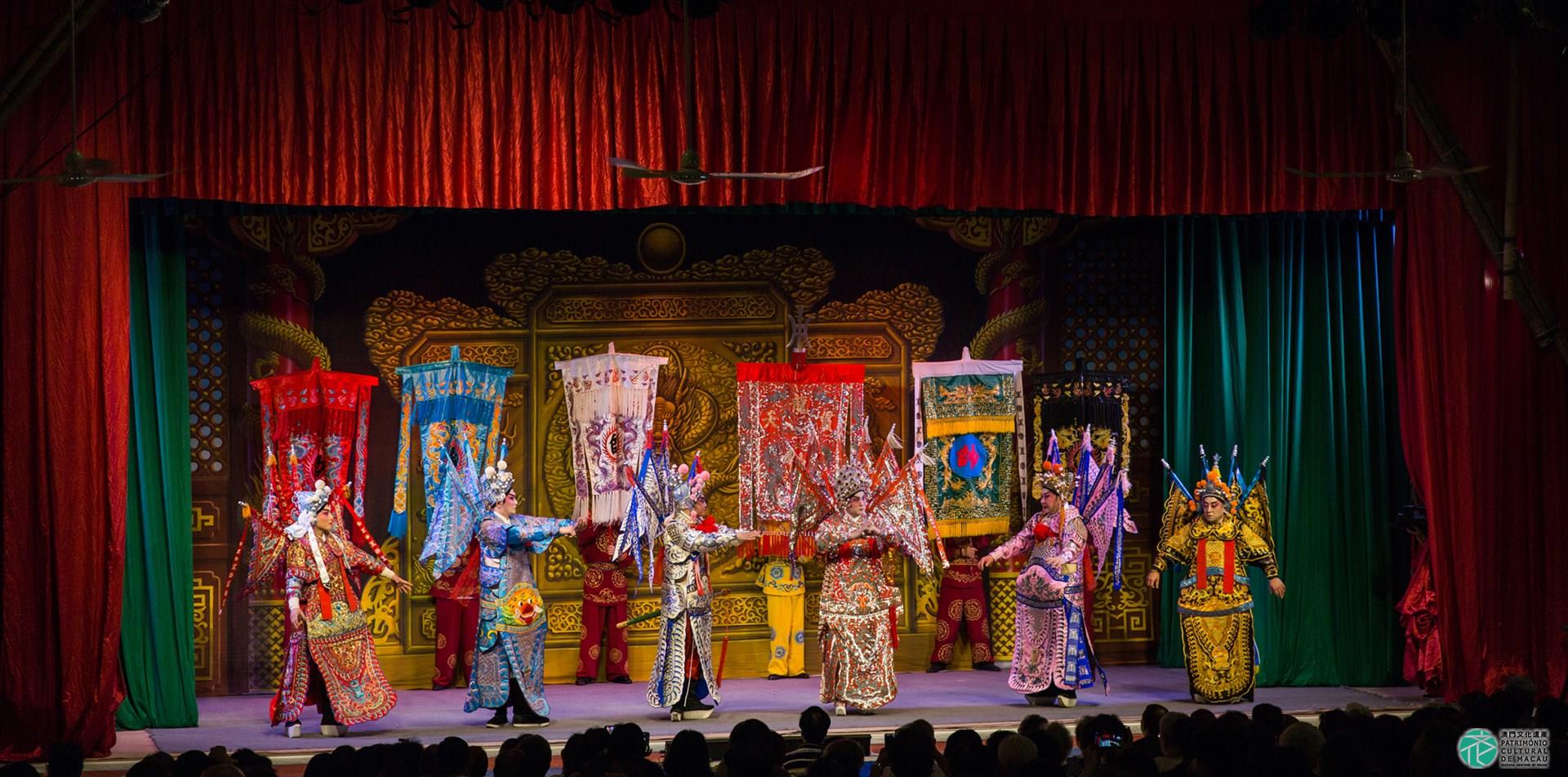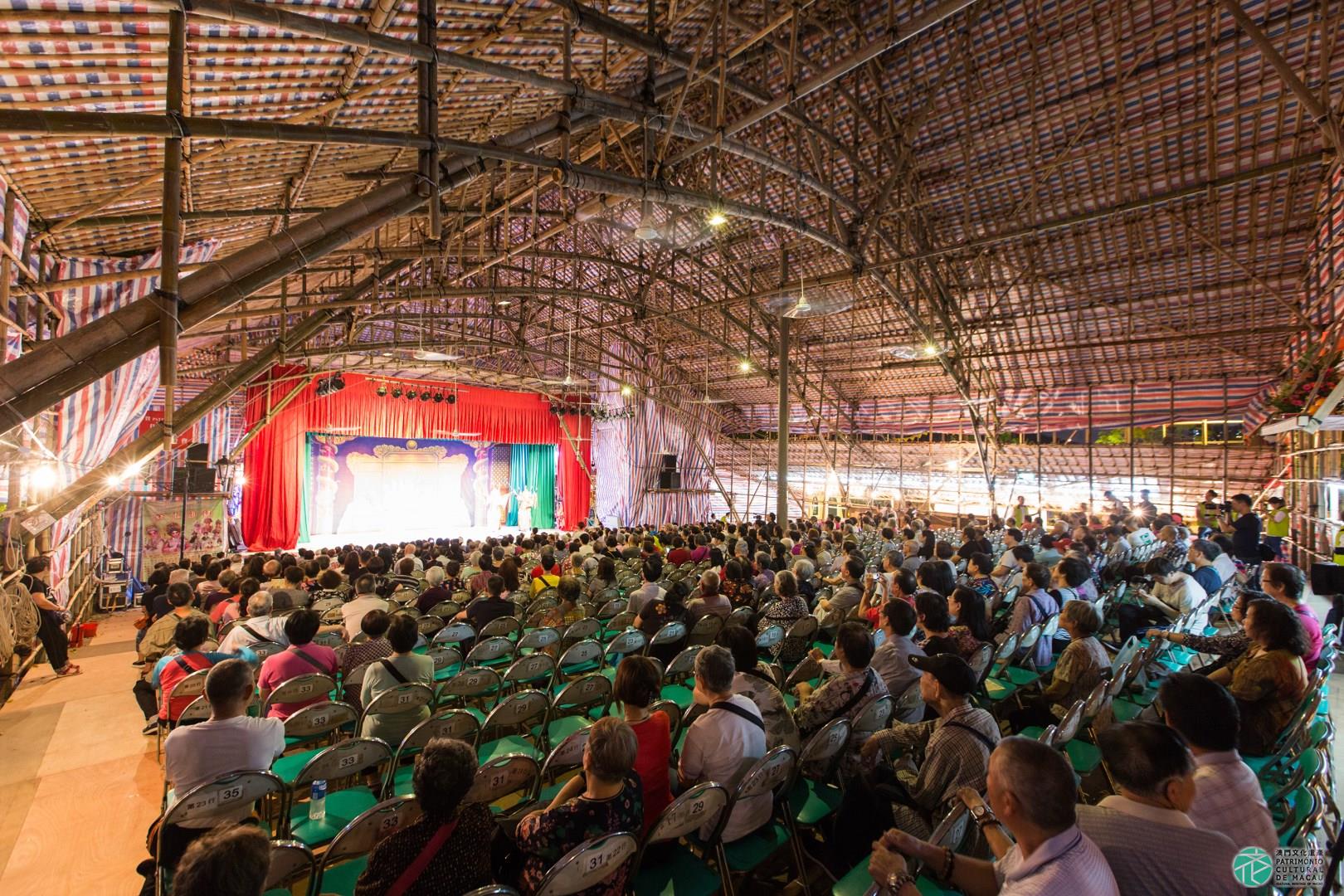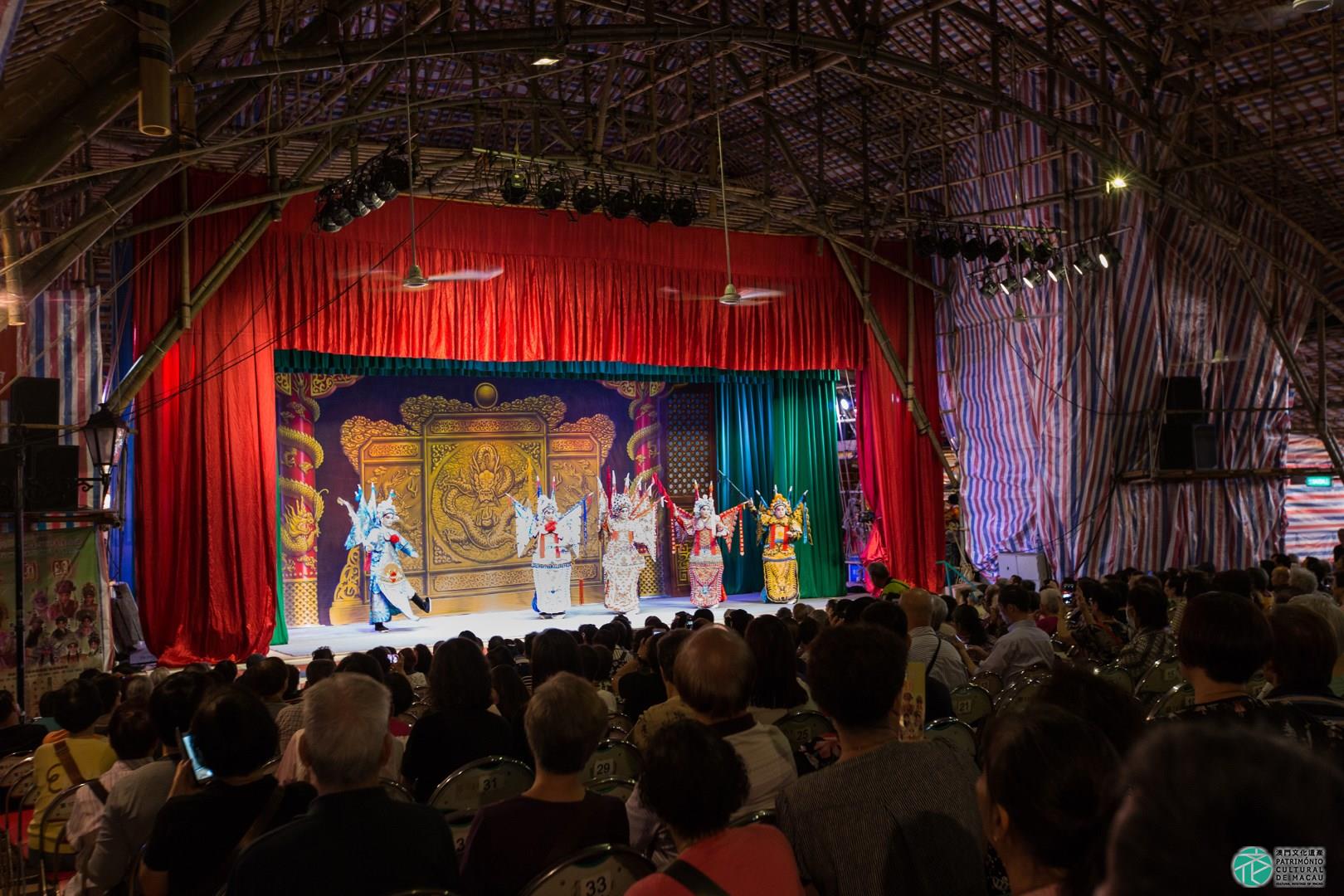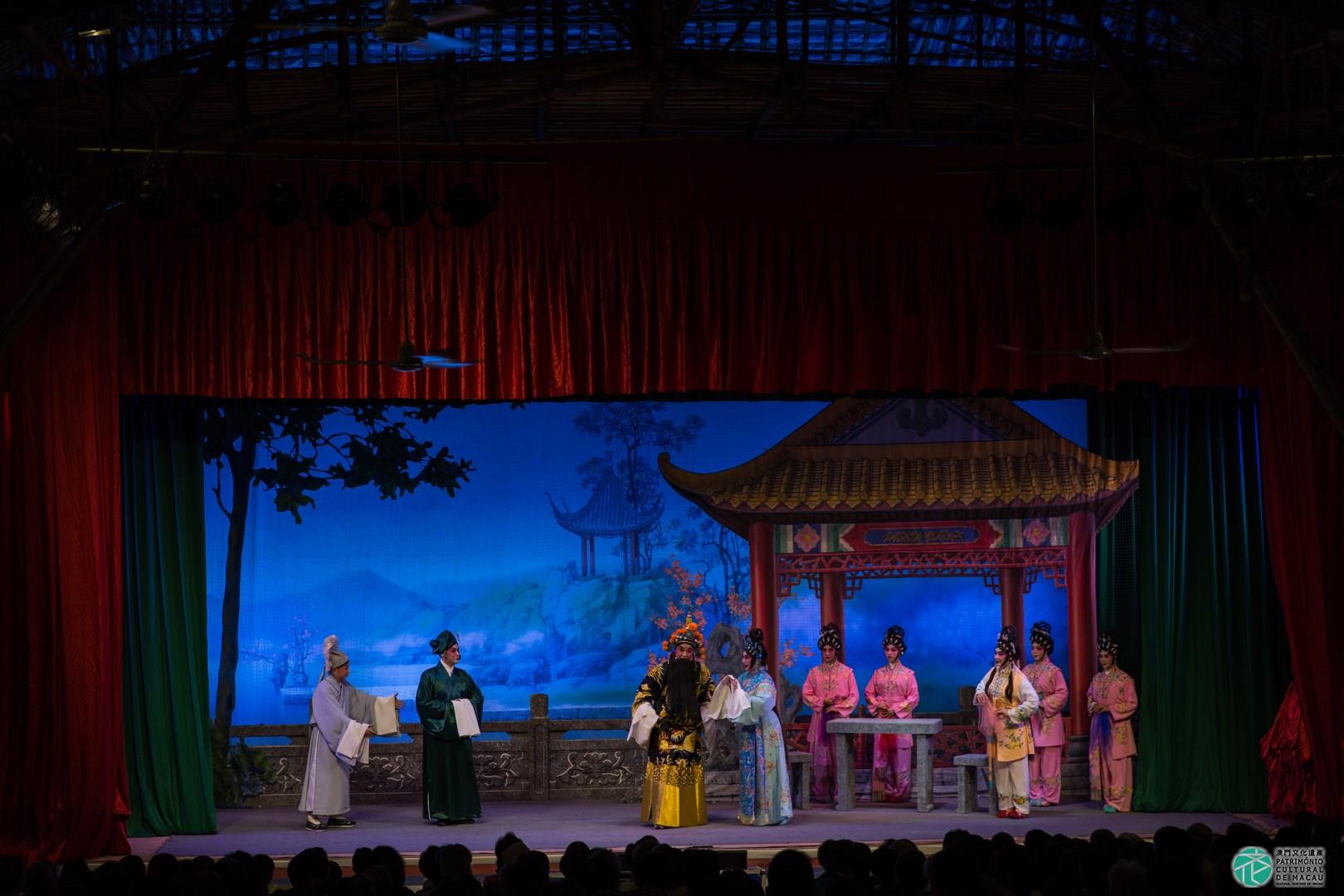During the Ming Dynasty (1368–1644), Macao was a fishing port known as ‘A-Ma Gau’ (Port of A-Ma), located on the western banks of the Pearl River Delta. In the 16th century the Portuguese landed there, at a spot on the coast near the temple dedicated to A-Ma. Imitating the Chinese name for the port, the Portuguese called the place ‘Macau’, a name that today preserves the city's connection to the customs and beliefs of A-Ma.
The A-Ma Temple was built during the Ming Dynasty, attesting to the fact that the customs and beliefs of A-Ma were already rooted in the Macao community more than four hundred years ago. The indigenous population of Macao consisted primarily of fishermen who worshipped the female deity A-Ma. Originally a mortal woman from Putian, Fujian Province, named Lin Moniang, A-Ma would, according to legend, bless the local fishermen as they set out to brave the seas in search of fish, bestowing on them peace and good luck. She thus became the patron goddess of seafarers and fishermen. The cult of A-Ma spread south with the Fujianese fishermen to the coast of Guangdong Province, where she was deified by the community and given titles by emperors in various dynasties. Her influence became entrenched on China's southeast coast and on Taiwan.
The A-Ma customs and beliefs in Macao embrace their own unique legend. In the minds of local residents, A-Ma is the most important person to them, akin to an ancestor, and thus revered as ‘A-Ma’ (Grandmother). During the Festival of A-Ma (Tin Hau Festival), which takes place on the 23rd day of the 3rd month of the lunar calendar, both fishermen and land-based residents spontaneously worship, make offerings and raise funds. The area in front of A-Ma Temple is festooned with colourful lanterns, and believers call on the goddess for protection and bid for lucky charms. Chinese operas dedicated to various deities are performed in a purpose-built bamboo shed, a practice that eventually gave rise to the Chinese Opera Association of Terrestrial and Maritime Dwellers of Barra.
Amidst the sound of drums and gongs, the Goddess is invited to watch these Chinese operas – an event known as ‘A-Ma watching the operas’ – signifying that the entertainment is for the Goddess, as well as for the people. Following the operas, the Goddess is escorted back to the Temple in a show of respect and honour. People pray to her for safety at sea and on land, for a prosperous business and for the protection of their children.
In the 16th year of the Reign of Emperor Qianlong of the Qing Dynasty (1751), the first systematic monograph on Macao in Chinese history – The Brief Monograph of Macao by Yin Guangren and Zhang Rulin – describes the legend of A-Ma. The book Early History of Macao, penned by Swedish historian Sir Anders Ljungstedt, as well as a number of other Western literary works and documents, also provides detailed descriptions of the cult. This was further expanded to paintings, when artists such as German painter Edward Hilderbrand portrayed the vivid scene outside the A-Ma Temple during the Festival of A-Ma and the spectacle of the Chinese operas held under the roofs of bamboo sheds.
The culture of A-Ma has been rooted in Macao for hundreds of years and has exerted a far-reaching impact. The joss sticks inside the A-Ma Temple burn incessantly, a testament to the continued strength and integrity of the traditional customs and beliefs of A-Ma to the present day. The temple now receives worshippers from various corners of the world on the eve of Lunar New Year and the Festival of A-Ma, and the perfume of incense permeates the temple, imbuing the ambience with an atmosphere of harmony. The A-Ma customs and beliefs of Macao, with their long-standing history, deep roots in the community, unbroken continuity through the ages and influence both at home and overseas, form an important and integral part of the customs and beliefs of the entire Chinese territory. They are crucial folkway in Macao with far-reaching impact.
